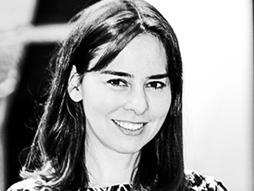
Why you should listen
Dina Katabi designs new wireless devices that use machine learning to sense people through walls and occlusions. Her devices look like a Wi-Fi box. They transmit a low-power wireless signal and capture its reflections as it bounces off people and objects. They analyze those reflections to learn how people walk, measure their gait and detect elderly falls. The device can also measure a person's breathing, heart rate and sleep quality using wireless signals, without any sensor on the person's body. Katabi is working with medical doctors to use her technology to detect health emergencies and provide a better understanding of chronic diseases such as Alzheimer's and Parkinson's.
Katabi is the Andrew & Erna Viterbi Professor of Electrical Engineering and Computer Science at MIT. She is also the director of the MIT's Center for Wireless Networks and Mobile Computing, a member of the National Academy of Engineering and a recipient of the MacArthur Fellowship. Her research has been recognized by the ACM Prize in Computing, the ACM Grace Murray Hopper Award, the SIGCOMM Test-of-Time Award, the IEEE William R. Bennett prize, the Faculty Research Innovation Fellowship, a Sloan Fellowship and multiple best paper awards. Several startups have been spun out of her lab, such as PiCharging and Emerald.
